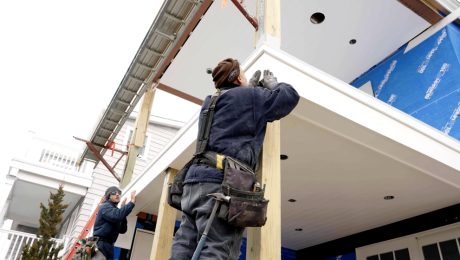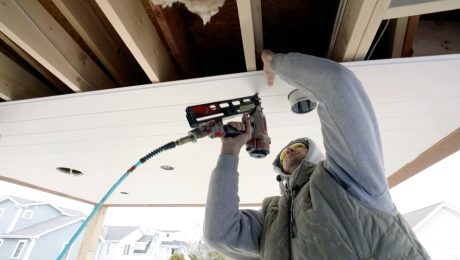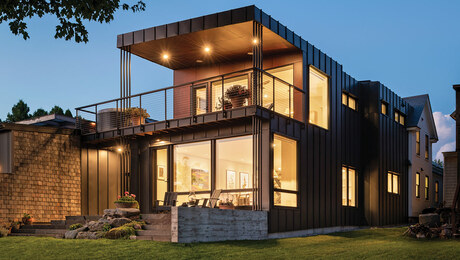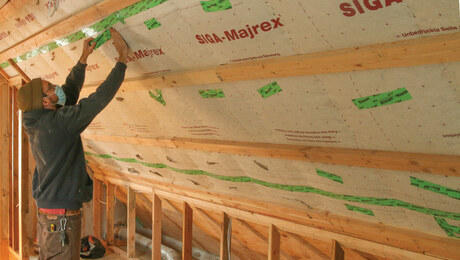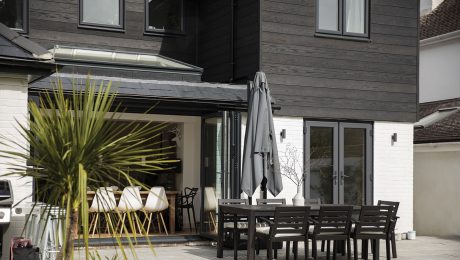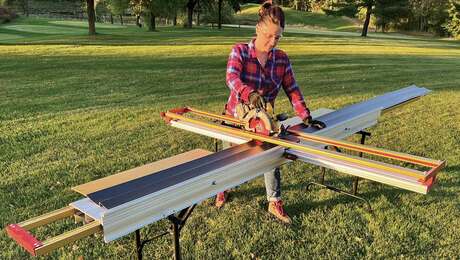Making Storm Shutters
Simple to build and more attractive than plywood, these shutters are also easy to secure when the big one is closing in.
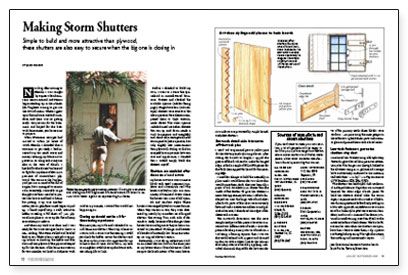
Synopsis: A South Florida builder makes a case for traditional wood storm shutters in this short article. He shows a few construction details and lists manufacturers of shutters for those who don’t want to make them.
Not long after moving to Florida, I was caught by surprise when hurricane season arrived and storms began stacking up in the Atlantic like freighters waiting to get into the Port of Miami. Where I grew up in the Midwest, we had tornadoes, and there was no getting ready: You just ran for the basement and hoped for the best. With hurricanes, you have time to prepare.
When Hurricane Georges had moved to within 36 hours of South Florida, I decided that it was time to get ready. I had invested way too much sweat and money restoring my house not to protect it. So along with everyone else in the state of Florida, I headed for the closest lumberyard to fight for my share of that most precious of commodities: plywood. The scene at the lumberyard put me in mind of the fall of Saigon, but I managed to remain calm. Eventually, I was able to get the plywood that I needed to protect the house and haul it home, but putting it up was another matter. Just as gale-force winds began to pick up, I found myself atop a 24-ft. extension ladder, wrestling a full sheet of 1/2-in. plywood into place to cover up the first of many second-story windows.
And when my work was done and I was ready for the worst Georges had to throw at me — nothing. The storm stalled and headed back to sea. That’s when I realized I was going to have to climb up the ladder and take down all that plywood. The plywood stayed up for the duration of the hurricane season; for two months, we lived in darkness. With God as my witness, I vowed this would not happen again.
Closing up should not be a life-threatening experience
The next year, my wife and I decided to install hurricane shutters: That way, whenever a storm with a name was threatening, I could just climb the ladder, secure the shutters and be done with it. It was also important for me to know that if I were out of town, my wife or a neighbor could close up the house without risking life or limb.
Before I decided to build my own, I went to a store that specialized in manufactured hurricane shutters and checked the available options. Hinged wooden (colonial-style) shutters were attractive but also expensive; the salesman compared them to “little custom-made doors.” The other options included metal accordion shutters that run up and down inside a track (expensive and unsightly) and removable corrugated-metal storm panels (less expensive, but only slightly less inconvenient than plywood). Failing to find an acceptable compromise between cost and appearance, I decided that I would simply build the shutters myself.
For more photos, illustrations, and details, click the View PDF button below:










